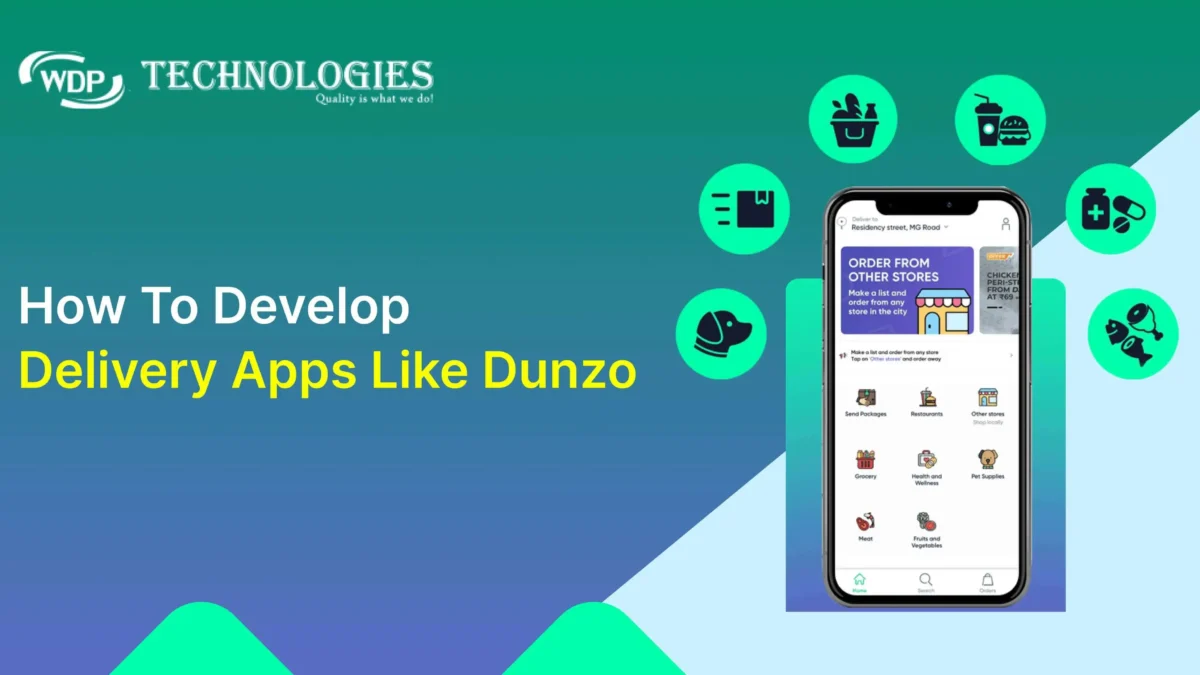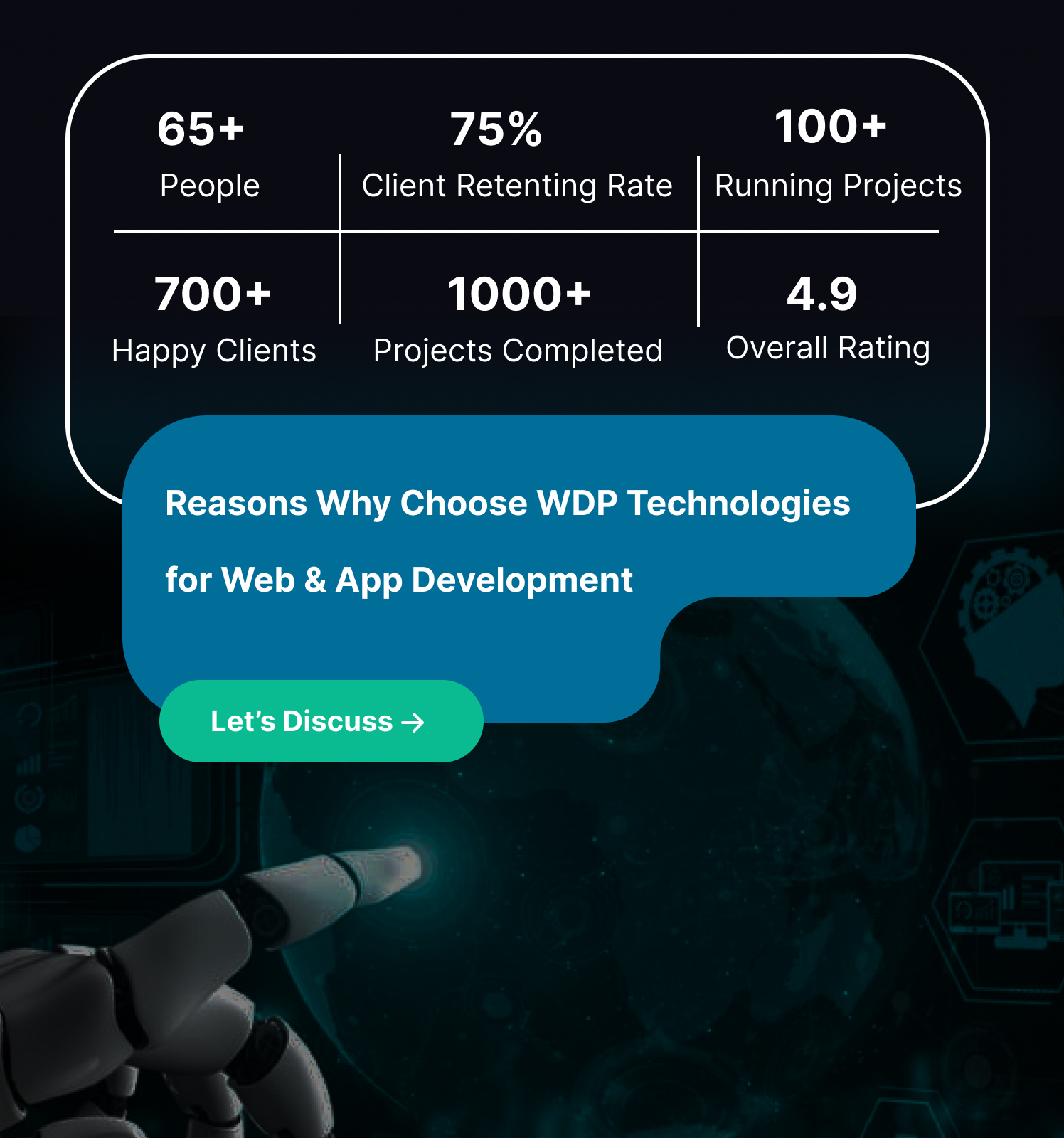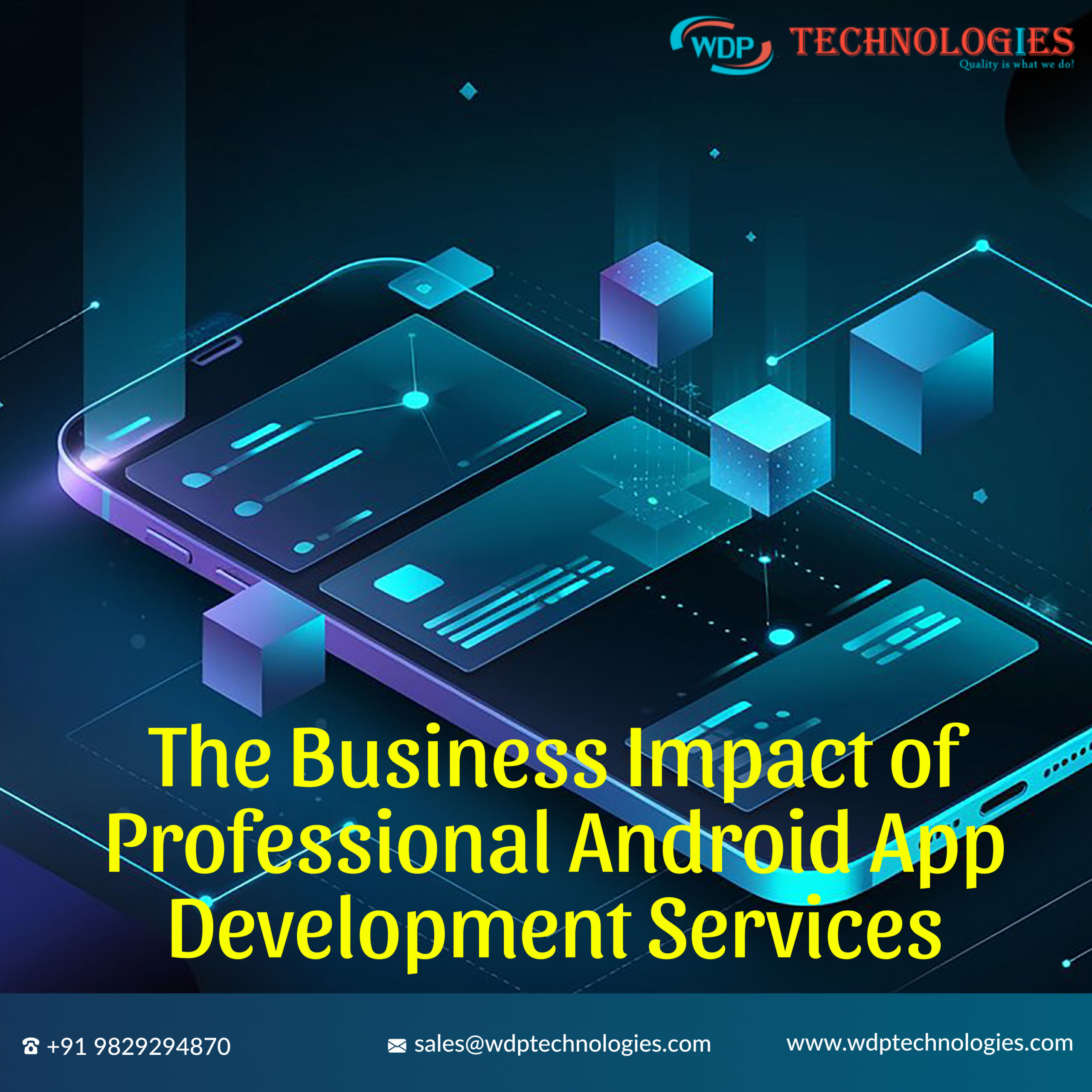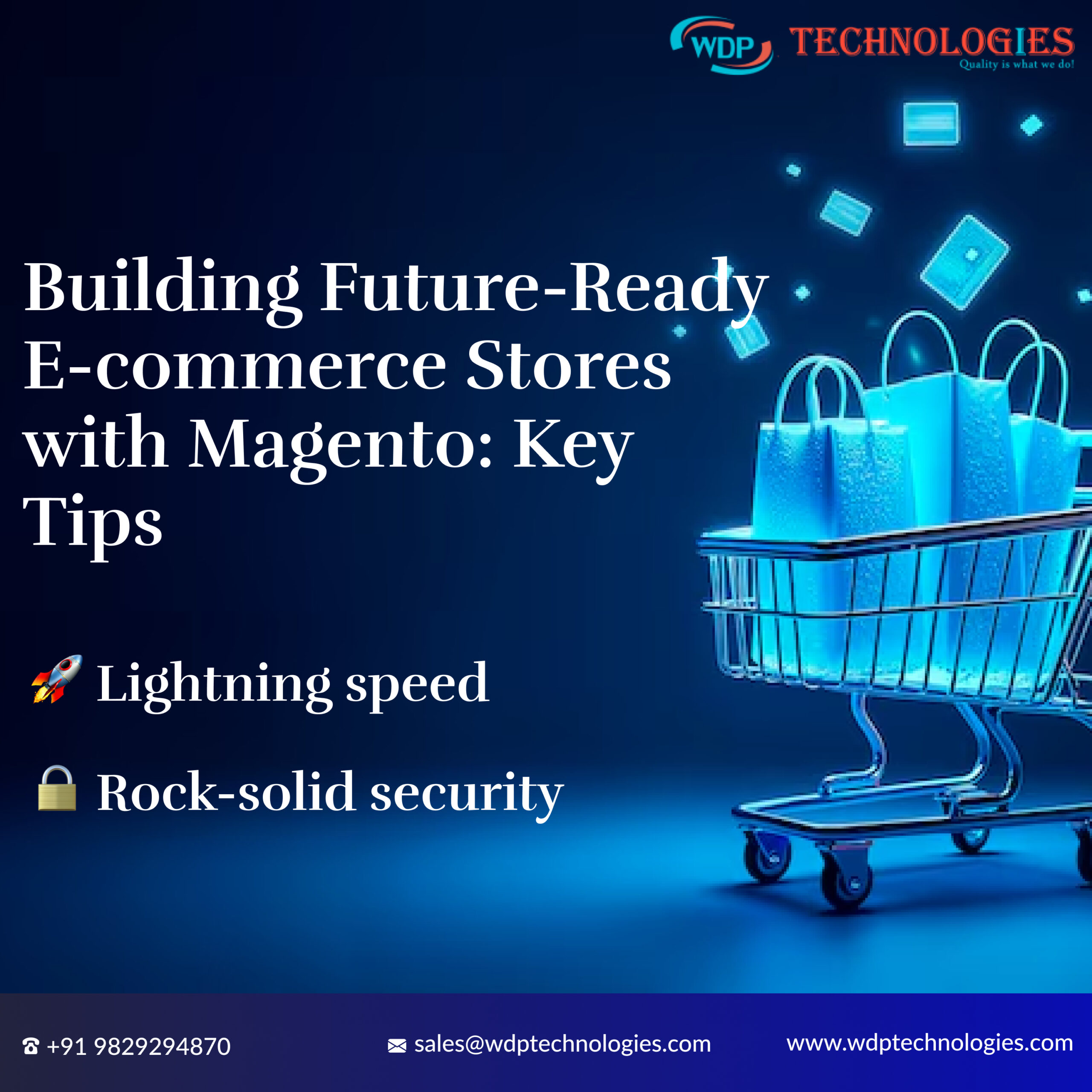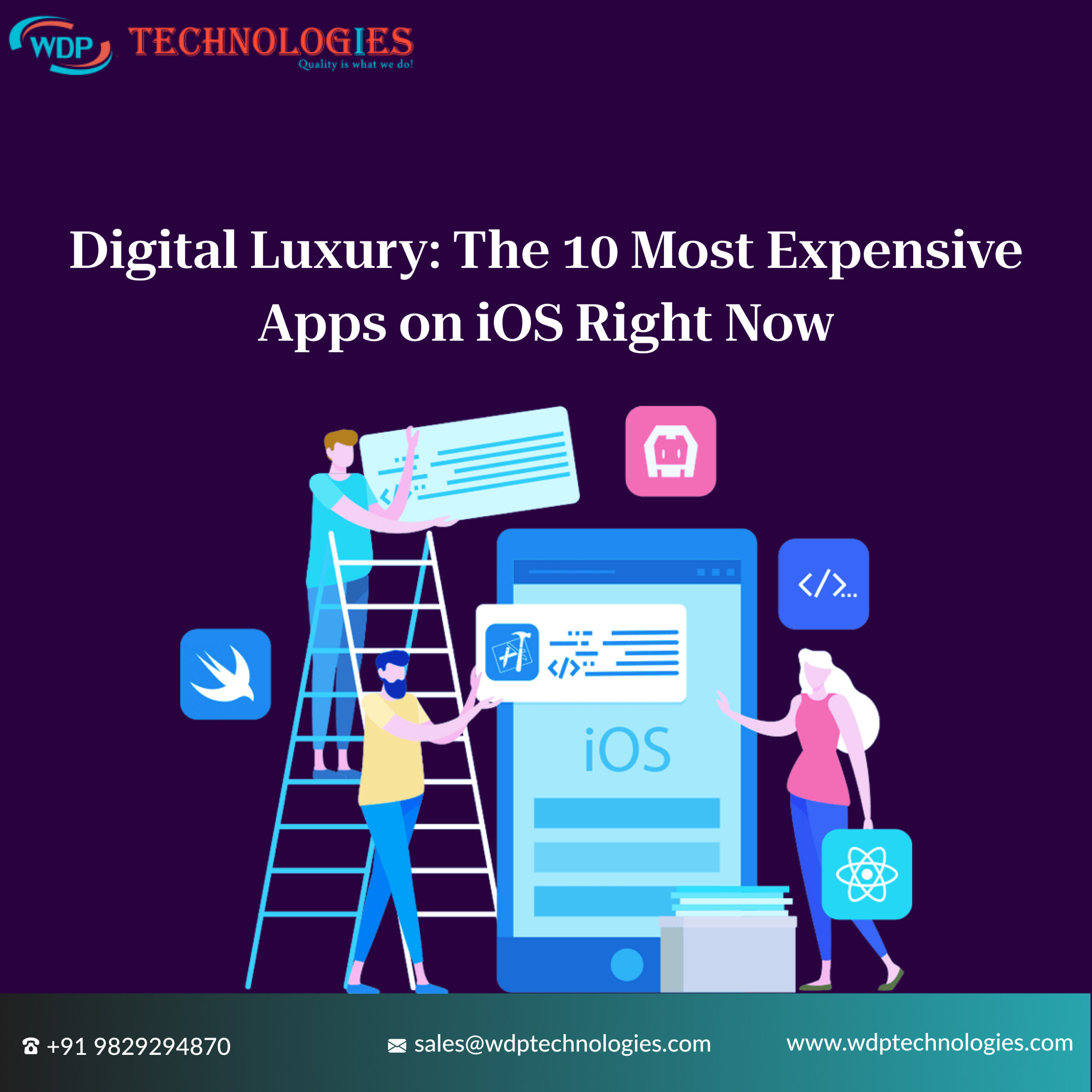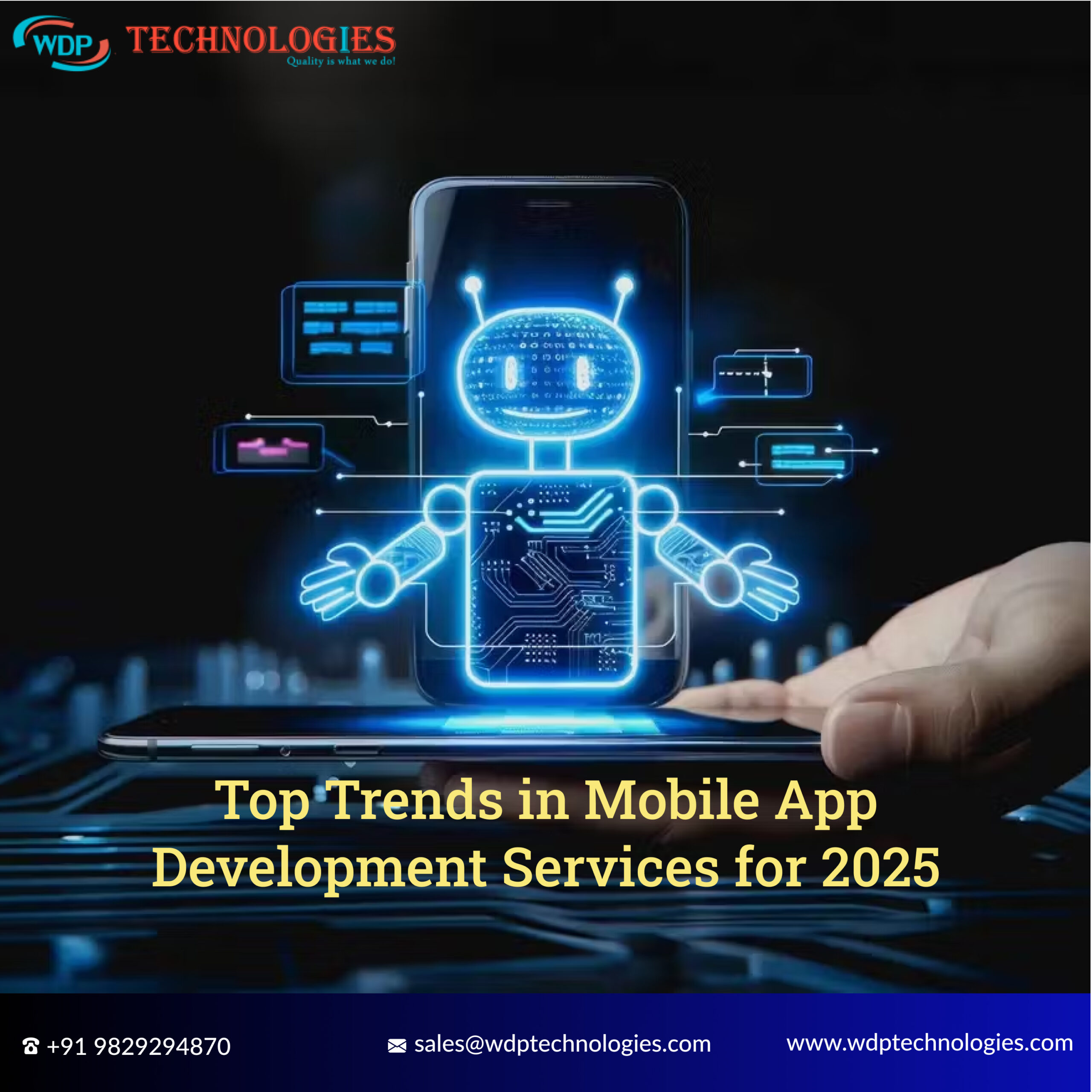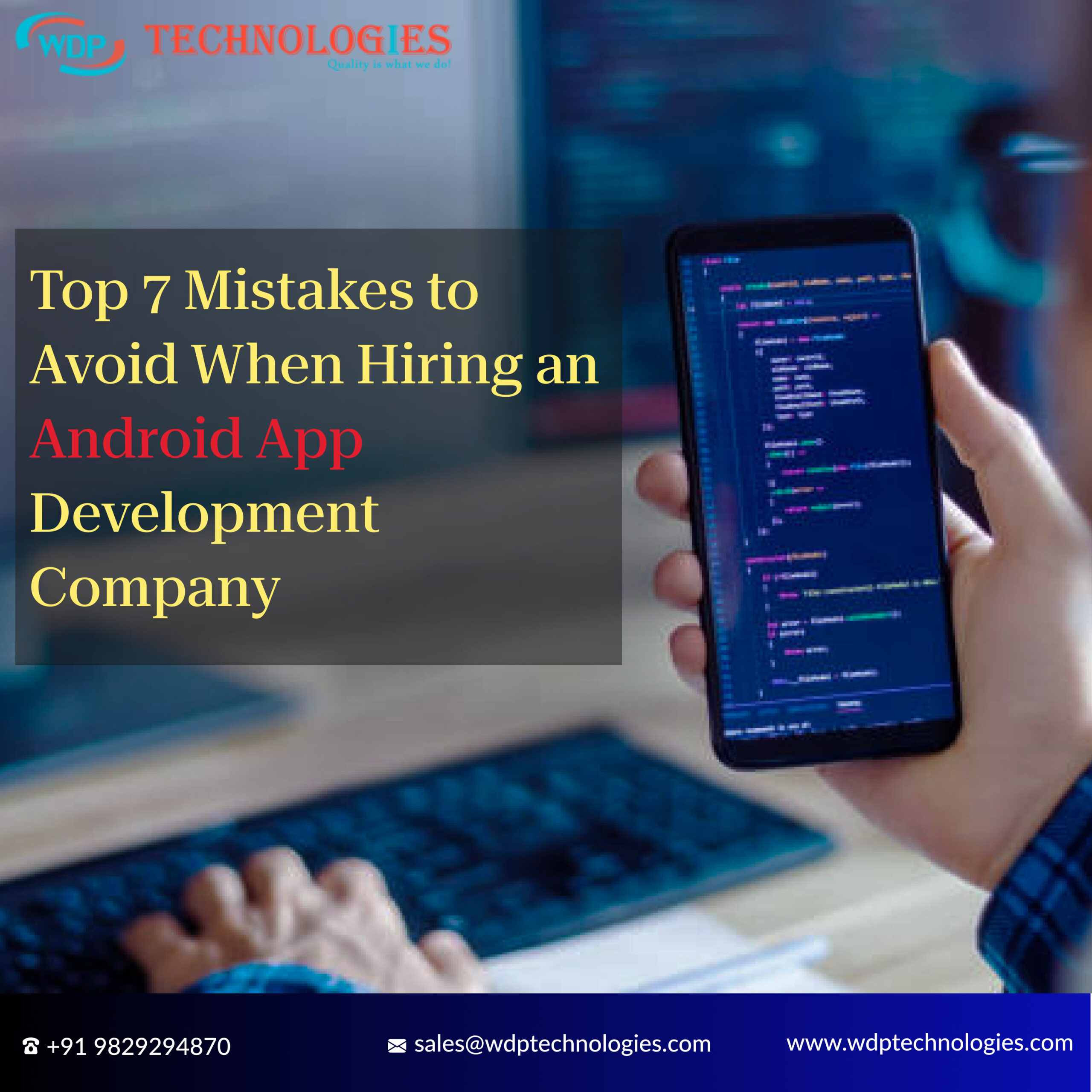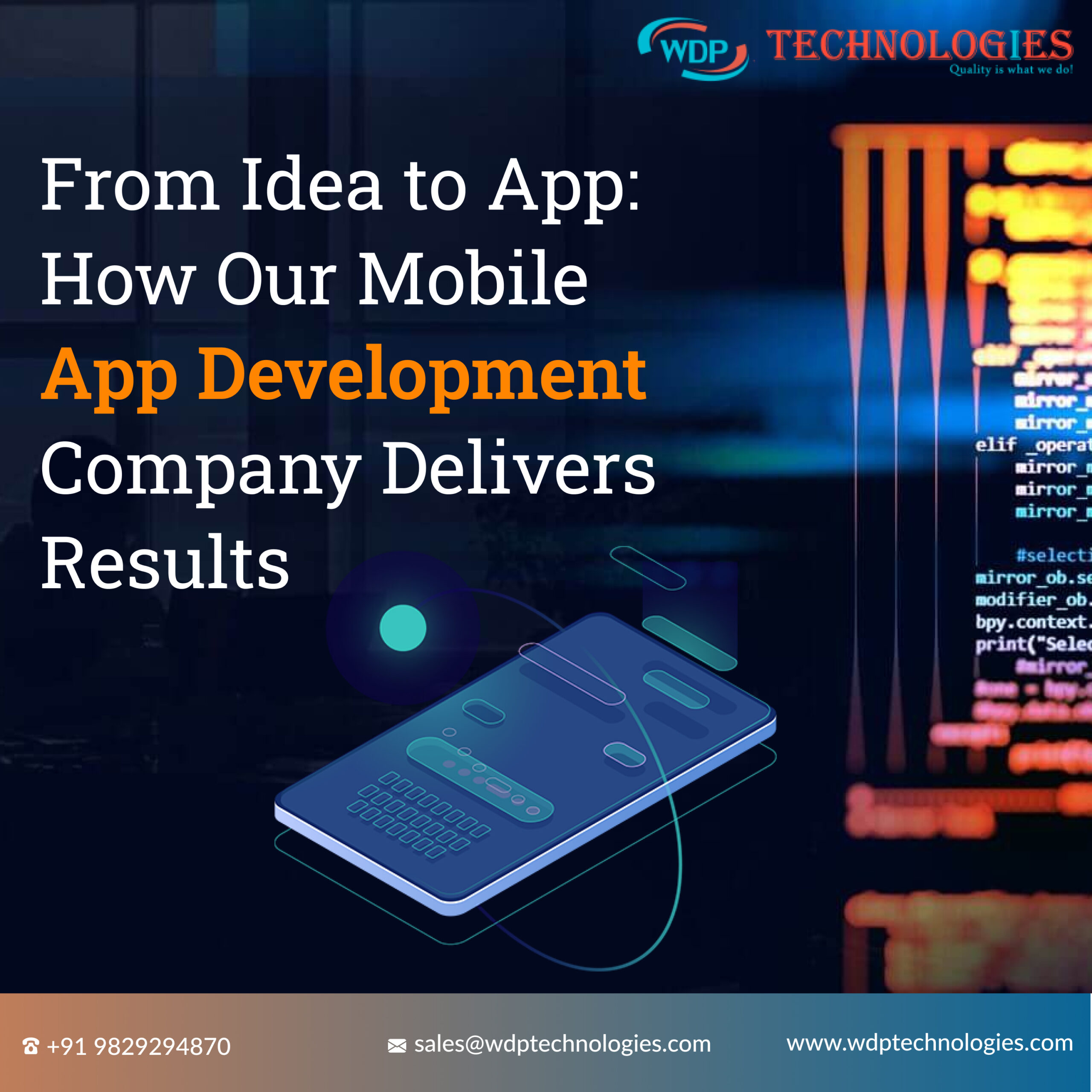In today’s fast-paced world, convenience is king, and delivery apps have become an integral part of our daily lives. Whether it’s groceries, food, medicine, or even essential documents, the ability to have items delivered right to our doorstep with just a few taps on our smartphones has revolutionized how we live and work. Among the many delivery apps that have emerged, Dunzo stands out as a prime example of innovation and efficiency.
Dunzo, a hyperlocal delivery service, has carved a niche for itself by offering a wide range of delivery options and exceptional user experience. It’s not just about transporting items from point A to point B; it’s about providing a seamless and reliable service that customers can depend on. The success of Dunzo has inspired many entrepreneurs and developers to venture into the delivery app market, aiming to replicate its success and tap into the growing demand for on-demand services.
If you’re considering developing a delivery app like Dunzo, this blog will guide you through the process. From initial market research to deployment and post-launch activities, we will cover all the essential steps and considerations. Whether you are a budding entrepreneur or an experienced developer looking to expand your portfolio, understanding the intricacies of building a successful delivery app is crucial.
Let’s dive into the comprehensive guide on how to develop a delivery app like Dunzo, and explore the key features, technology stack, design principles, and strategic planning involved in bringing your vision to life.
Market Stats To Showcase The Booming On-demand Delivery App Industry
Here are some market stats to showcase the booming on-demand delivery app industry, focusing on user base and growth potential:
🔹Massive Market and Growth: The global on-demand delivery market is projected to reach a staggering $83.82 billion by 2032, reflecting a massive growth rate of over 20%. This indicates a thriving industry with ample space for new players.
🔹Millions of Engaged Users: A whopping 57.6 billion dollars is spent annually by consumers worldwide on on-demand apps. This highlights the vast user base actively using these services, demonstrating a strong market demand.
🔹Smartphone Revolution Drives Adoption: With 6.92 billion smartphone users globally (and projected to grow further), the foundation for on-demand app usage is stronger than ever. This widespread smartphone penetration creates a perfect environment for app adoption and future growth.
Role of Delivery Apps Like Dunzo
Delivery apps like Dunzo play a multifaceted role in the modern landscape, impacting both consumers and businesses:
1. For Consumers:
- Convenience: Dunzo-like apps offer unparalleled ease of access. They eliminate the need for physical errands, saving users time and effort.
- Wider Selection: They connect users to a vast array of products and services, including groceries, restaurants, medicines, and more, often exceeding the options available in their immediate vicinity.
- Real-time Tracking and Transparency: Live order tracking features provide peace of mind and allow users to plan accordingly.
- Time Management: By outsourcing errands and deliveries, users free up valuable time to focus on other priorities.
2. For Businesses:
- Expanded Reach: Delivery apps open businesses up to a wider customer base, particularly those who might not have visited their physical location otherwise.
- Increased Sales: The convenience factor often leads to increased sales and order frequency for businesses listed on the platform.
- Marketing and Promotion: Dunzo-like platforms can serve as a marketing tool, allowing businesses to showcase their offerings to a targeted audience.
- Data and Insights: Delivery apps provide valuable data and insights on customer preferences and buying habits, allowing businesses to optimize their offerings.
3. Overall Impact:
- Economic Growth: Delivery apps contribute to economic growth by creating new job opportunities for delivery personnel and fostering the growth of small and medium businesses.
- Efficiency and Productivity: They streamline processes and improve efficiency in the delivery chain, leading to faster turnaround times and potentially lower costs.
- Urban Development: By reducing the need for personal car trips, these apps can contribute to a more sustainable urban environment.
Delivery apps like Dunzo play a significant role in shaping consumer behavior, boosting business opportunities, and influencing the overall economic and urban landscape.
Top Features of Delivery Apps Like Dunzo
Delivery apps like Dunzo typically offer a range of features to make the delivery process seamless and convenient for users. Here are some top features commonly found in such apps:
1. Multitasking Services:
Dunzo-like apps typically offer a wide array of services beyond simple package delivery. This can include grocery shopping, medicine delivery, food delivery from restaurants that don’t typically offer delivery services, picking up and dropping off laundry, running errands like paying bills, and much more. By providing a variety of services, these apps become versatile tools for users to delegate various tasks efficiently.
2. Real-Time Tracking:
This feature allows users to track their orders from the moment they are placed until they reach their doorstep. Real-time tracking provides transparency and peace of mind for users, as they can monitor the progress of their delivery and plan their day accordingly.
3. User-Friendly Interface:
The app’s design and interface should be intuitive and easy to navigate. This includes clear labeling, minimalistic design, and straightforward menus. A user-friendly interface reduces friction in the ordering process, leading to higher user satisfaction and retention.
4. Customized Recommendations:
By analyzing user behavior and preferences, the app can offer personalized recommendations for products or services. For example, if a user frequently orders groceries, the app might suggest similar items or notify them of relevant promotions. This feature enhances the user experience and encourages repeat usage.
5. Multiple Payment Options:
Offering a variety of payment methods caters to the diverse preferences of users. Common payment options include credit/debit cards, mobile wallets (e.g., Apple Pay, Google Pay), and cash on delivery. Providing multiple payment options ensures convenience and accessibility for all users.
6. Scheduled Deliveries:
Users can schedule deliveries for a specific date and time that suits their convenience. This feature is particularly useful for busy individuals who may not be available for immediate deliveries. Scheduled deliveries allow users to plan ahead and ensure timely receipt of their orders.
7. In-App Chat Support:
A built-in chat support feature enables users to communicate directly with customer service representatives within the app. Users can ask questions, report issues, or seek assistance in real-time. In-app chat support enhances user engagement and provides a quick and convenient way to address customer inquiries.
8. Order History and Receipts:
Users can access their order history within the app, which includes details of past orders, receipts, and order status. This feature enables users to track their spending, reorder items easily, and reference previous transactions for record-keeping purposes.
9. Promotions and Discounts:
Offering promotional deals, discounts, and loyalty rewards incentivizes users to engage with the app and make repeat purchases. Promotions can include discounts on delivery fees, cashback offers, referral bonuses, or special deals from partner merchants. Providing value-added incentives encourages customer retention and fosters brand loyalty.
10. Rating and Review System:
Users can rate their delivery experience and provide feedback on the service quality. This rating system allows users to share their opinions and experiences with the community, helping other users make informed decisions. Additionally, it provides valuable feedback to the service provider for continuous improvement.
11. Safety Measures:
Implementing safety protocols such as contactless delivery options, hygiene guidelines for delivery partners, and secure payment processing ensures a safe and secure delivery experience for users. Communicating these safety measures within the app builds trust and confidence among users, especially during times of health concerns.
12. Integration with Third-Party Services:
Integration with external platforms, such as restaurants, grocery stores, pharmacies, and local businesses, expands the range of products and services available for delivery. This integration enables users to access a diverse selection of items through the app, further enhancing its utility and convenience.
How To Develop a Delivery Apps Like Dunzo
1. Market Research & Conceptualization:
Conduct extensive market research to grasp the demand for delivery services within your chosen market segment. Analyze competitor apps like Dunzo to understand their strengths and weaknesses. Based on your findings, conceptualize your app’s unique value proposition and identify the key features that will set it apart. Consider factors like target demographics, geographic coverage, and potential partnerships with local businesses.
2. Define the Scope and Requirements:
Clearly define the scope of your delivery app, specifying the range of services it will offer, such as grocery delivery, food delivery, or errand services. Outline the essential features your app must include, such as user registration, order management, payment processing, real-time tracking, and customer support. Prioritize features based on user needs and market trends to ensure a robust and competitive offering.
3. Choose the Right Technology Stack:
Selecting the appropriate technology stack is crucial for building a scalable and efficient delivery app. Consider factors like platform compatibility, development speed, and long-term maintenance requirements. Choose programming languages, frameworks, and tools that align with your project’s goals and your team’s expertise. For example, you might use technologies like Node.js or Python for the backend, React Native or Flutter for cross-platform mobile development, and cloud services like AWS or Firebase for hosting and data storage.
4. Design User Interface & Experience (UI/UX):
Designing an intuitive and visually appealing user interface (UI) is essential for ensuring a positive user experience (UX). Start by creating wireframes and mockups to visualize the app’s layout and navigation flow. Focus on simplicity and consistency in design, using clear labels, intuitive icons, and minimalistic aesthetics. Conduct user testing and iterate on your designs to address any usability issues and refine the overall user experience.
5. Develop Backend Infrastructure:
Establish a robust backend infrastructure to support the functionality of your delivery app. This involves setting up servers, databases, and APIs to handle user authentication, data storage, and communication between the client and server. Implement security measures to protect user data and transactions, such as encryption, secure authentication protocols, and regular security audits. Design scalable architecture to accommodate future growth and fluctuations in user demand.
6. Build the Mobile App:
Develop native or cross-platform mobile apps for iOS and Android platforms, depending on your target audience and development resources. Utilize frameworks like React Native, Flutter, or traditional native development tools (Swift for iOS, Kotlin/Java for Android) to build high-quality, performant mobile apps. Focus on implementing core features such as user registration, service selection, order management, real-time tracking, notifications, and seamless integration with backend services.
7. Testing and Deployment:
Conduct thorough testing of your delivery app to identify and fix any bugs or issues before launch. Perform functional testing, usability testing, performance testing, and security testing to ensure the app meets quality standards. Solicit feedback from beta testers and iterate on your app based on their input. Once testing is complete, prepare for deployment by optimizing app performance, finalizing app store listings, and creating marketing materials. Launch your app on the App Store and Google Play Store, and continue to monitor and iterate based on user feedback and market trends.
Cost to Develop Delivery Apps Like Dunzo
While it’s difficult to pinpoint an exact cost, here’s a general range for developing a delivery apps Like Dunzo:
- Simple App: $10,000 – $20,000 (Limited features, single platform)
- Medium Complexity App: $20,000 – $30,000 (Core features, potentially cross-platform)
- Feature-Rich App: $30,000+ (Advanced functionalities, robust backend, multiple platforms)
Additional Costs:
- App store submission fees: There are fees associated with publishing your app on the Apple App Store and Google Play Store.
- Ongoing maintenance and updates: Maintaining the app, fixing bugs, and adding new features require ongoing development costs.
- Marketing and user acquisition: Attracting users can involve marketing campaigns, which require budget allocation.
10 Best Delivery Apps Like Dunzo
However, there are several delivery apps worldwide that offer similar services. Here are 10 of them:
1. Instacart:
Instacart is a leading grocery delivery service available in the United States and Canada. It partners with local grocery stores to offer users a wide selection of products that can be delivered straight to their doorstep. With features like scheduled deliveries and real-time order tracking, Instacart provides a convenient shopping experience for customers looking to save time and avoid the hassle of in-store shopping.
2. Postmates:
Postmates is an on-demand delivery platform that goes beyond food delivery, offering services for groceries, alcohol, and more. Operating in various cities across the United States, Postmates connects users with local restaurants and stores to fulfill their delivery needs. With features like live order tracking and contactless delivery options, Postmates prioritizes convenience and reliability for its users.
3. GrabExpress:
GrabExpress, part of the Grab super app, provides parcel delivery, food delivery, and courier services across Southeast Asia. Serving countries like Singapore, Indonesia, Malaysia, Thailand, Vietnam, and the Philippines, GrabExpress offers users a seamless delivery experience for a wide range of needs. Whether it’s sending packages or ordering food from nearby restaurants, GrabExpress aims to simplify the delivery process for its customers.
4. DoorDash:
DoorDash is a popular food delivery service operating in the United States, Canada, and Australia. Partnering with local restaurants, DoorDash enables users to order food for delivery to their homes or offices with ease. With features like real-time tracking and a vast selection of restaurant options, DoorDash ensures a satisfying dining experience for its customers, even when dining out is not an option.
5. Uber Eats:
Uber Eats, a subsidiary of Uber, is a global food delivery platform available in numerous countries worldwide. With a diverse range of restaurant options and efficient delivery services, Uber Eats makes it convenient for users to enjoy their favorite meals from the comfort of their homes. With features like in-app chat support and promotions, Uber Eats prioritizes customer satisfaction and accessibility.
6. Gojek:
Gojek is a super app based in Indonesia that offers a wide range of services, including food delivery, grocery delivery, transportation, and more. Serving Southeast Asian countries, Gojek provides users with a convenient platform to fulfill various daily needs. With its extensive service offerings and user-friendly interface, Gojek strives to simplify the lives of its customers and improve accessibility to essential services.
7. Deliveroo:
Deliveroo is a food delivery service operating in several countries across Europe, Asia, and the Middle East. Partnering with local restaurants, Deliveroo offers users a diverse selection of cuisines to choose from, along with efficient delivery services. With features like real-time tracking and customer support, Deliveroo ensures a seamless and enjoyable dining experience for its users.
8. Glovo:
Glovo is a delivery platform available in multiple countries across Europe, Africa, and Latin America. Offering services for food delivery, groceries, pharmaceuticals, and more, Glovo caters to a wide range of user needs. With features like fast delivery times and a user-friendly app interface, Glovo aims to provide a convenient and reliable delivery experience for its customers.
9. Swiggy:
Swiggy is a prominent food delivery platform in India, operating in numerous cities across the country. With its extensive network of restaurant partners and efficient delivery services, Swiggy offers users a hassle-free way to order food online. With features like live order tracking and customer support, Swiggy prioritizes customer satisfaction and convenience.
10. Zomato:
Zomato is another major food delivery platform in India, providing food delivery services in various cities across the country. In addition to food delivery, Zomato offers restaurant discovery, reviews, and other related services to enhance the dining experience for its users. With features like personalized recommendations and easy payment options, Zomato strives to make ordering food online simple and enjoyable for its customers.
Also Read: Sportsurge Alternatives
Hire WDP Technologies To Develop Delivery Apps Like Dunzo
Looking to develop a delivery app like Dunzo? Look no further than WDP Technologies. With our expertise in app development and a focus on delivering seamless user experiences, we’re equipped to bring your vision to life. Our team will work closely with you to understand your requirements and incorporate the essential features needed for a successful delivery app. From intuitive user interfaces to robust backend infrastructure, we’ll ensure your app stands out in the competitive market. Trust WDP Technologies to build a delivery app that exceeds your expectations and resonates with your target audience.
Wrapping Up
In conclusion, developing a delivery apps like Dunzo requires careful planning, attention to detail, and a deep understanding of user needs and market trends. By following the steps outlined in this guide, including thorough market research, defining scope and requirements, selecting the right technology stack, designing a user-friendly interface, building a robust backend infrastructure, and conducting comprehensive testing, you can create a successful delivery app that meets the demands of today’s consumers.
With the expertise of a skilled development team like WDP Technologies, you can bring your vision to life and provide users with a convenient and efficient platform for all their delivery needs. By staying agile, responsive to user feedback, and adaptable to changing market conditions, your delivery app can thrive in the competitive landscape and become a trusted solution for users seeking convenience and reliability in their everyday tasks.

